Studio Visit: LAU
We have been already discovering the purpose of the urban acupuncture regeneration method for public spaces, that uses small actions for the interactions between dwellers and in such way improve the quality of the community life. As a design tactic it promotes an urban regeneration at a local level, within simple and non expensive interventions in public space to have a transformative impact. Andreea Cutieru explains urban acupunctures as "an alternative to conventional development processes, as they represent an adaptable framework for urban renewal, where highly focused and targeted initiatives help regenerate neglected spaces, incrementally deploy urban strategies, or consolidate the social infrastructure of a city."
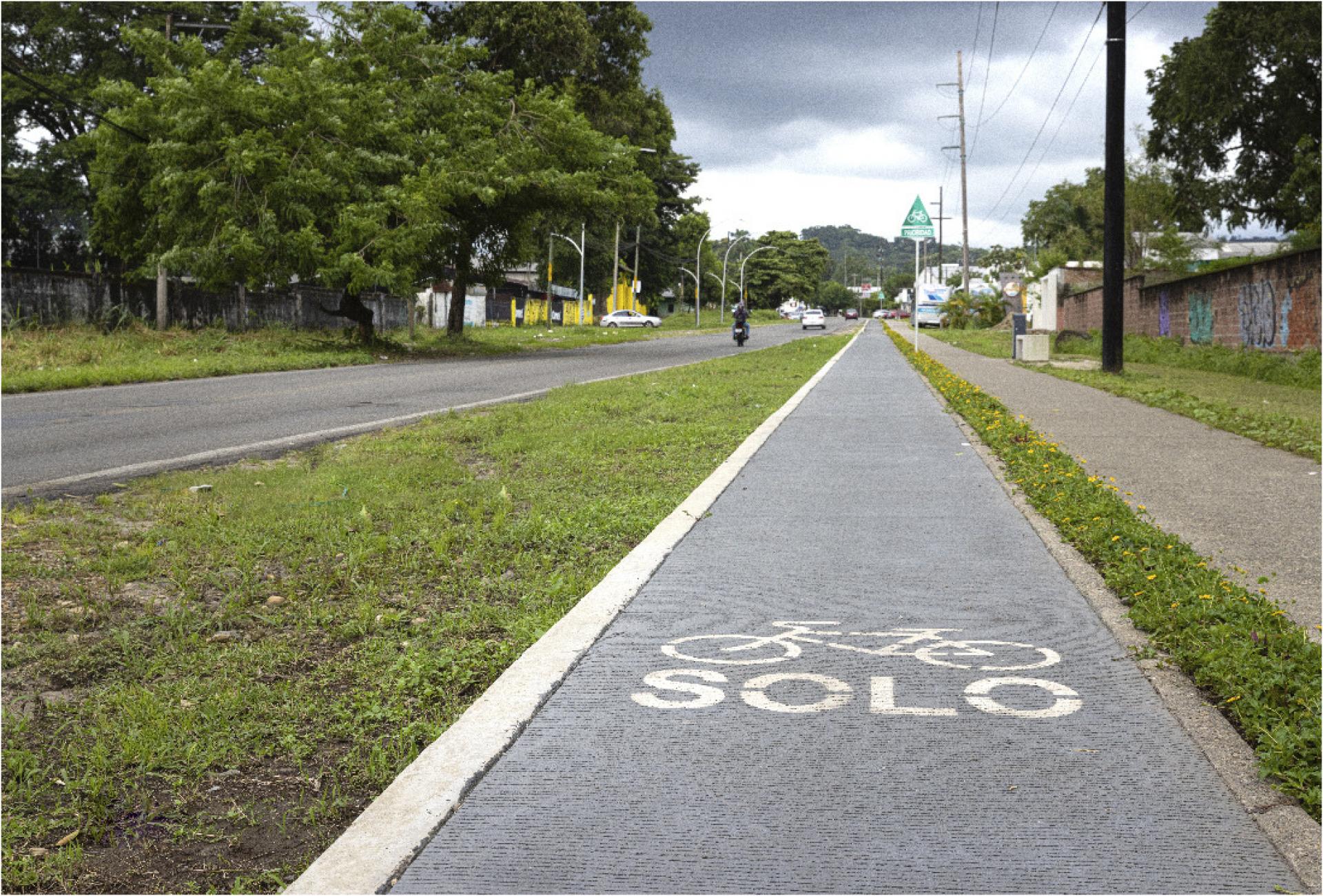
An intervention with a cycle path along the Avenida 8 Norte in Tapachula, Chiapas by LAU. Photo © Fernando Díaz Vidaurri
In 2021 we have presented Daniel Díaz Vidaurri in an interview, where he explains about his collaborations in Europe and how he could adapt urban acupuncture methodologies to communities in Mexico. Together with Fernanda Tejeda Torres they founded the Urban Acupuncture Laboratory (Laboratorio de Acupuntura Urbana or LAU), an initiative focused on design, sustainability and urban planning to foster social inclusion.
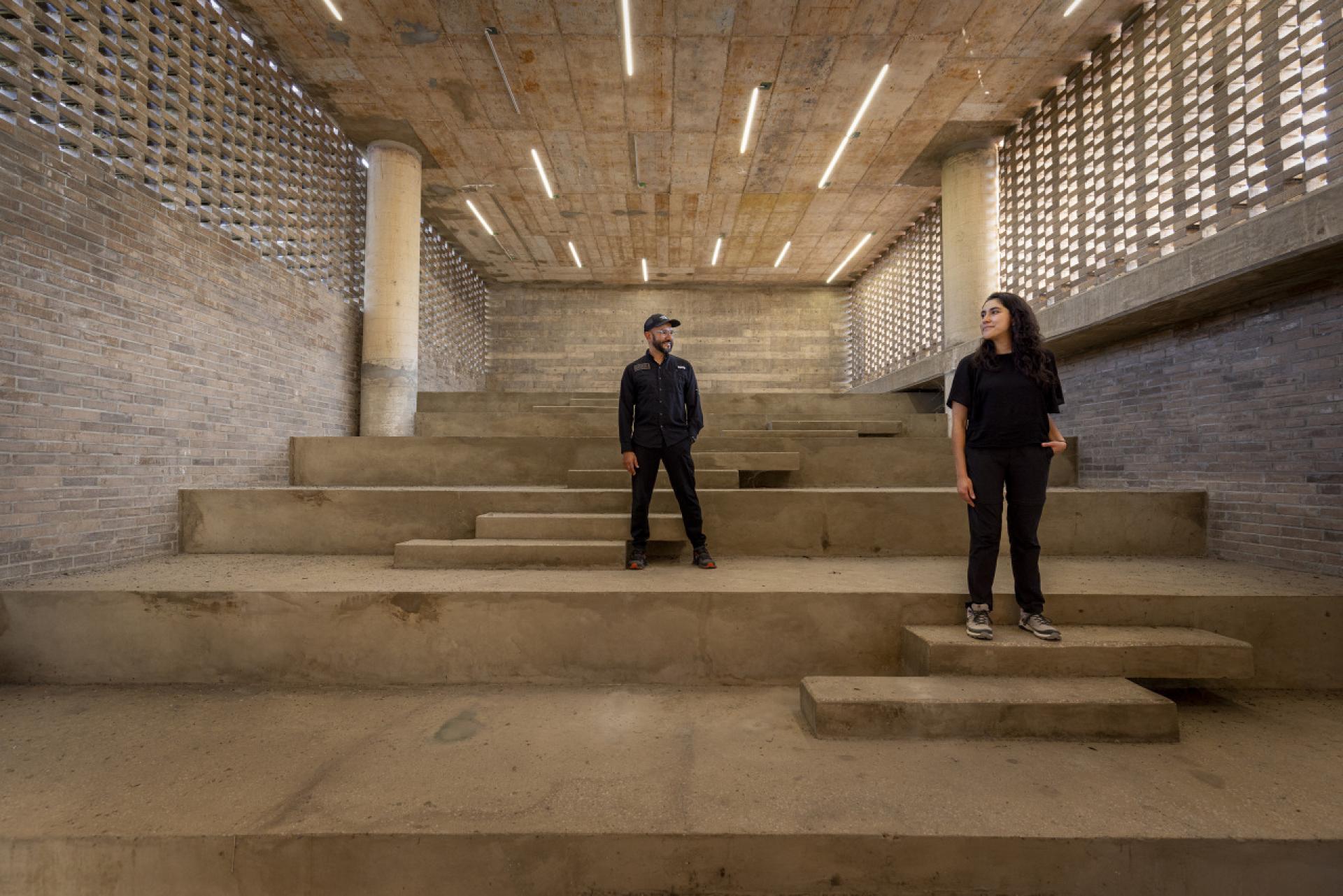
Daniel Díaz Vidaurri and Fernanda Tejeda Torres formed LAU. Photo © Fernando Díaz Vidaurri
LAU is just one of some Mexican offices (which we will present in the following months) that took a part in the Urban Improvement Program, part of the new government and initiative of the Ministry for Agrarian, Territorial and Urban Development.
Román Guillermo Meyer Falcón, the minister at this department, states that the project within "built architectures for communities have improved the perception of security in the communities and provided conditions for the creation of social ties and the strengthening of social cohesion. In favour of social justice, the program focuses on neighbourhood improvement interventions in Chiapas, Oaxaca, Tabasco and Veracruz, to in such way create public spaces of the most marginalized communities and raise their quality of life."
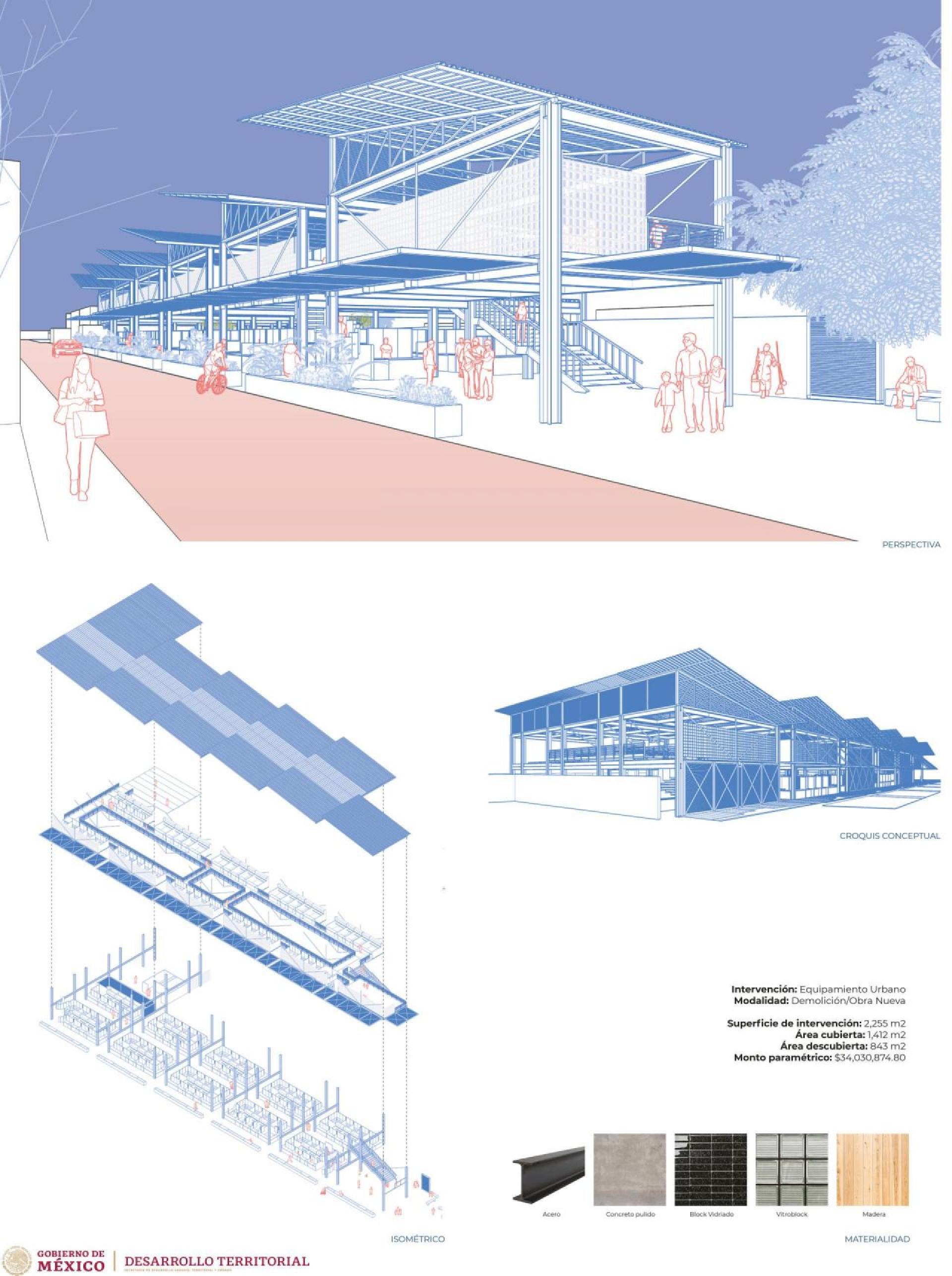
The proposal of an Urban Acupuncture by LAU for the Cedar market of Comitán de Dominguez.
The program focuses on the revitalization of urban areas through the improvement of infrastructure, public spaces and basic services, with the aim of boosting the socioeconomic development of local communities and promoting urban equity. Through the program many offices (as well LAU) collaborated with municipal authorities, civil organizations and the community in general to identify the priority needs of each area and design interventions that comprehensively respond to these needs.
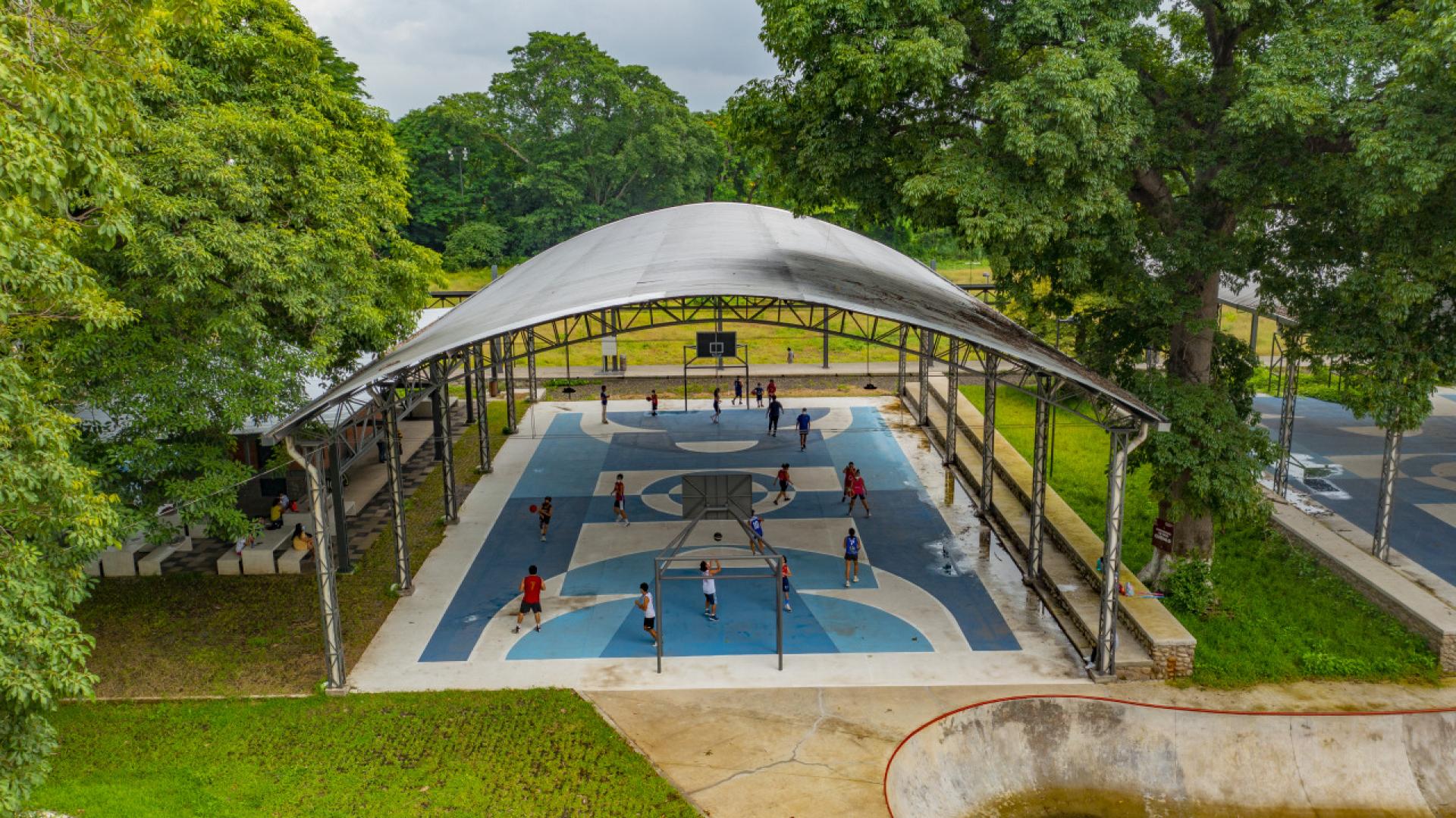

A restructuration of a neglected area into a sport centre for kids and teenagers by LAU in La Cebadilla in Tapachula, Chiapas. Photo © SEDATU
In four years of hard work the Urban Improvement Program has developed actions in 25 Mexican states and 135 municipalities with 931 works, 38,000 actions and more than eighty urban and metropolitan and territorial planning plans or programs, among others. All of them have directly influenced life of millions of dwellers with democratisation of the access to services, but also within the creation of a new sustainable development of the common spaces. Within such an initiative, offering the opportunity to create community spaces is possible to influence the reduction of crime, drug abuse among youngsters and the stronger integration of urban and rural population in creation of such spaces. Community spaces enable as well a strong support for indigenous communities and allow them to assume a new commitment to the protection of the biodiversity and sustainable land use.
From Small To XXL Urban Acupunctures
The approach used at the LAU includes aspects such as accessibility, safety, environmental sustainability and the promotion of citizen participation. With such a program the new government in Mexico have managed to transform neighbourhoods, generating positive impacts on the quality of life of the inhabitants, promoting a sense of belonging and contributing to the comprehensive development of cities. However, there is always the same approach for urban acupunctures, from small to XXL scale, that always connects space with the communities.
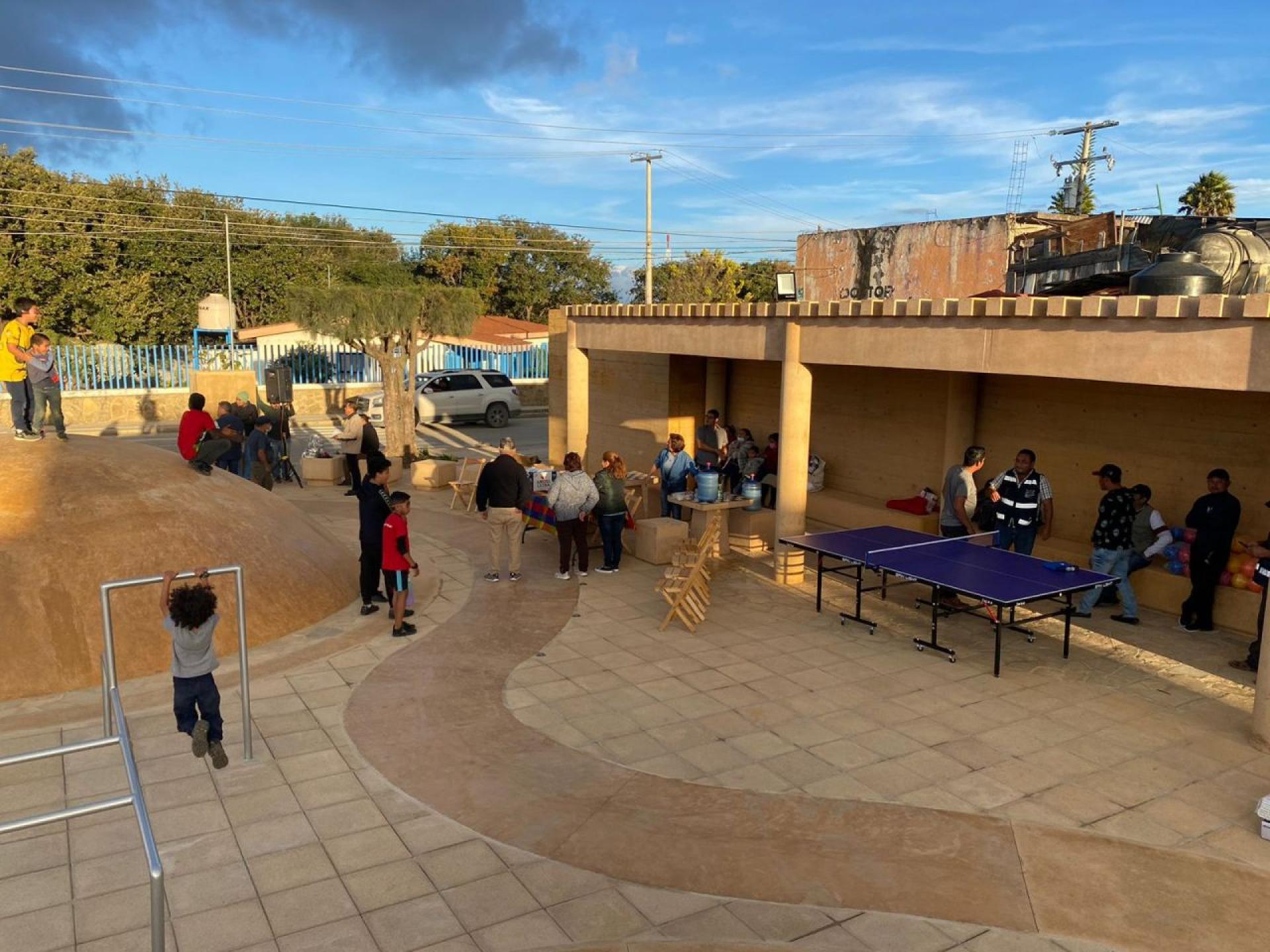


Renovation of the park in Barrio Tikal, Comitan de Dominguez by LAU. Photo © SEDATU
The renovation of the park in Tikal for example improve the infrastructure within the promotion of the recreation of the population in the neighborghood. The project addresses, among others, the gender equity and safety, with the inclusion of spacious, illuminated environments that allow free access to space, but also reduces the incidence of crime and drug use among youngsters.
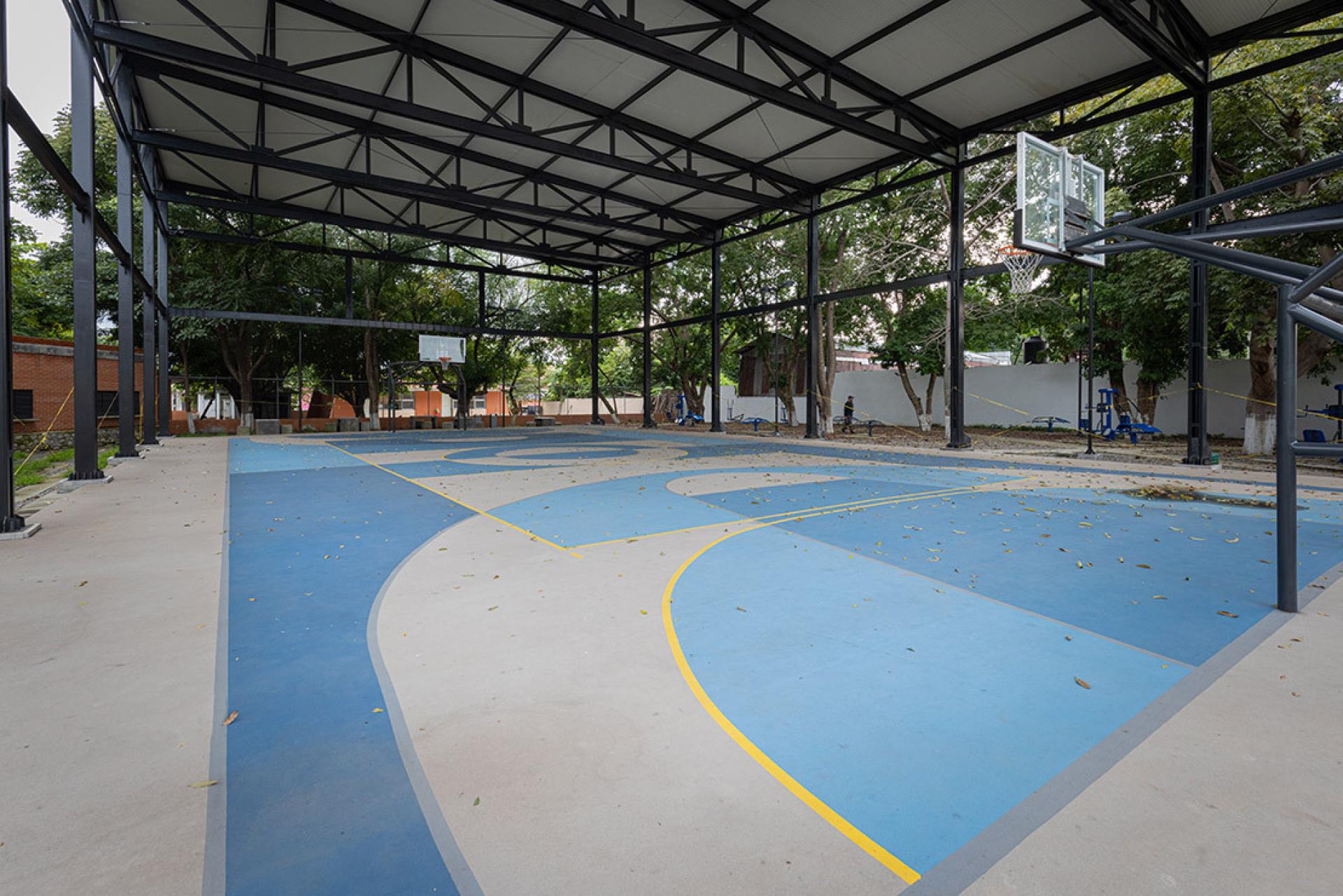
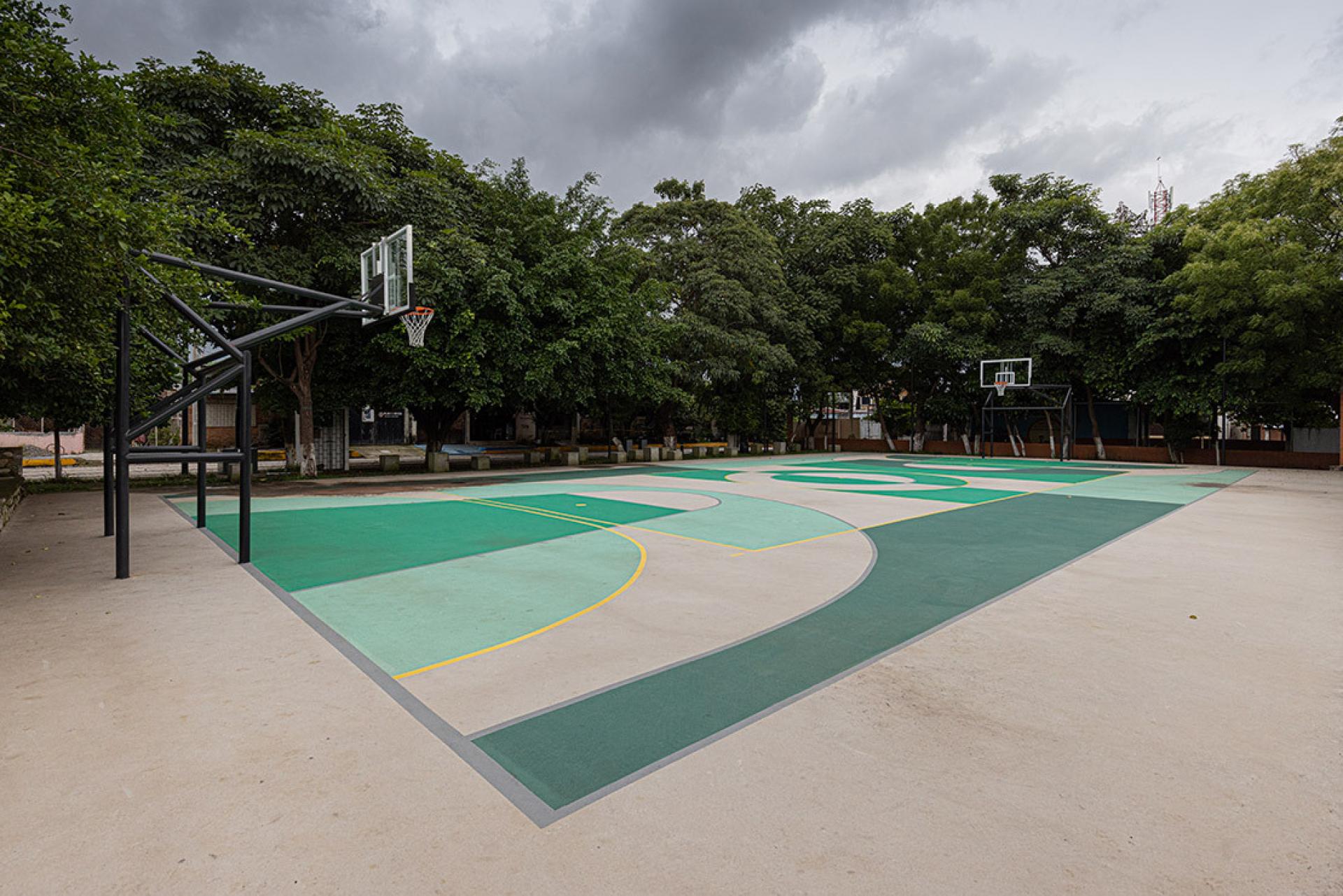
The transformation of the neglected park in San Angel del Pedregal in Tapachula, Chiapas into a playground by LAU. Photo © Fernando Díaz Vidaurri
The bigger, more strategic projects are suggesting architectural design strategies such as integration of endemic plant species, use of pavements that allow water infiltration into the soil, division of sanitary and rainwater networks, use of clean technologies, among others, public policy against climate change.
As such, the Community development center in Tapachula represent a part of a broad strategy to support the development of capacities and opportunities of the population, which contributes to the transformation of nearby colonies and peri-urban areas into safer, more productive and habitable places. The project promotes social integration, community development, while coexistence and collective identity are strengthened through access to services such as basic medical care, mental health, social work, training for work, sport and recreation, care for minors, from the infant level to the preschool level, direct food aid and social work.


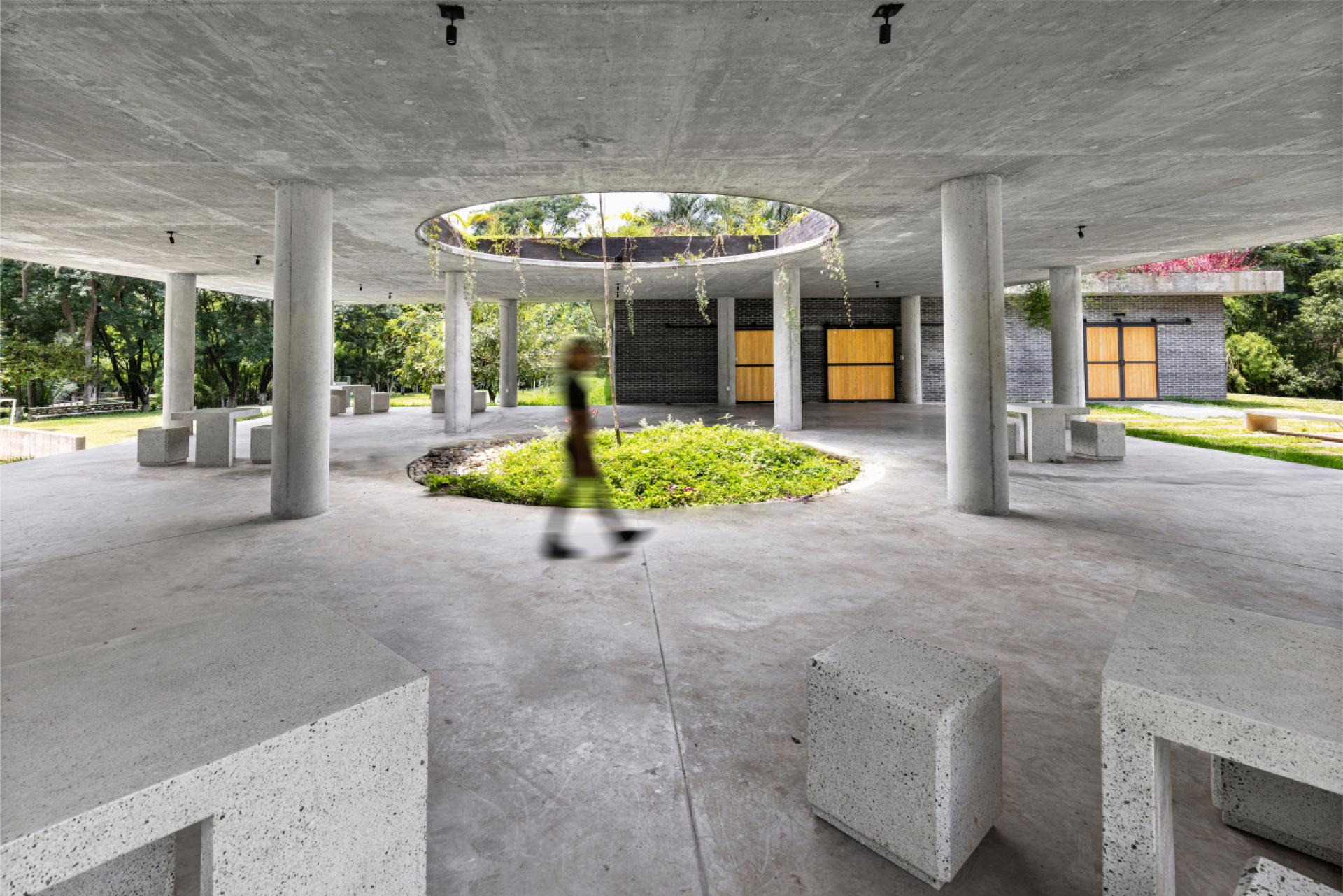
Community development center by LAU in Tapachula, Chiapas. Photo © Fernando Díaz Vidaurri
The Community Development Center in Antiguo Rastro Municipal provides the community with a safe space of free access where activities on art, trade workshops, exhibitions of local artists, music, indigenous language classes, customs can be developed and encouraged by users to adapt the space for this, create a community that is proud of its roots, customs and can expose and represent it freely in this architectural complex where by knowing the transformation of use and history so reach more people with art and culture and generate a better quality of life without social differences, race, religion or customs.
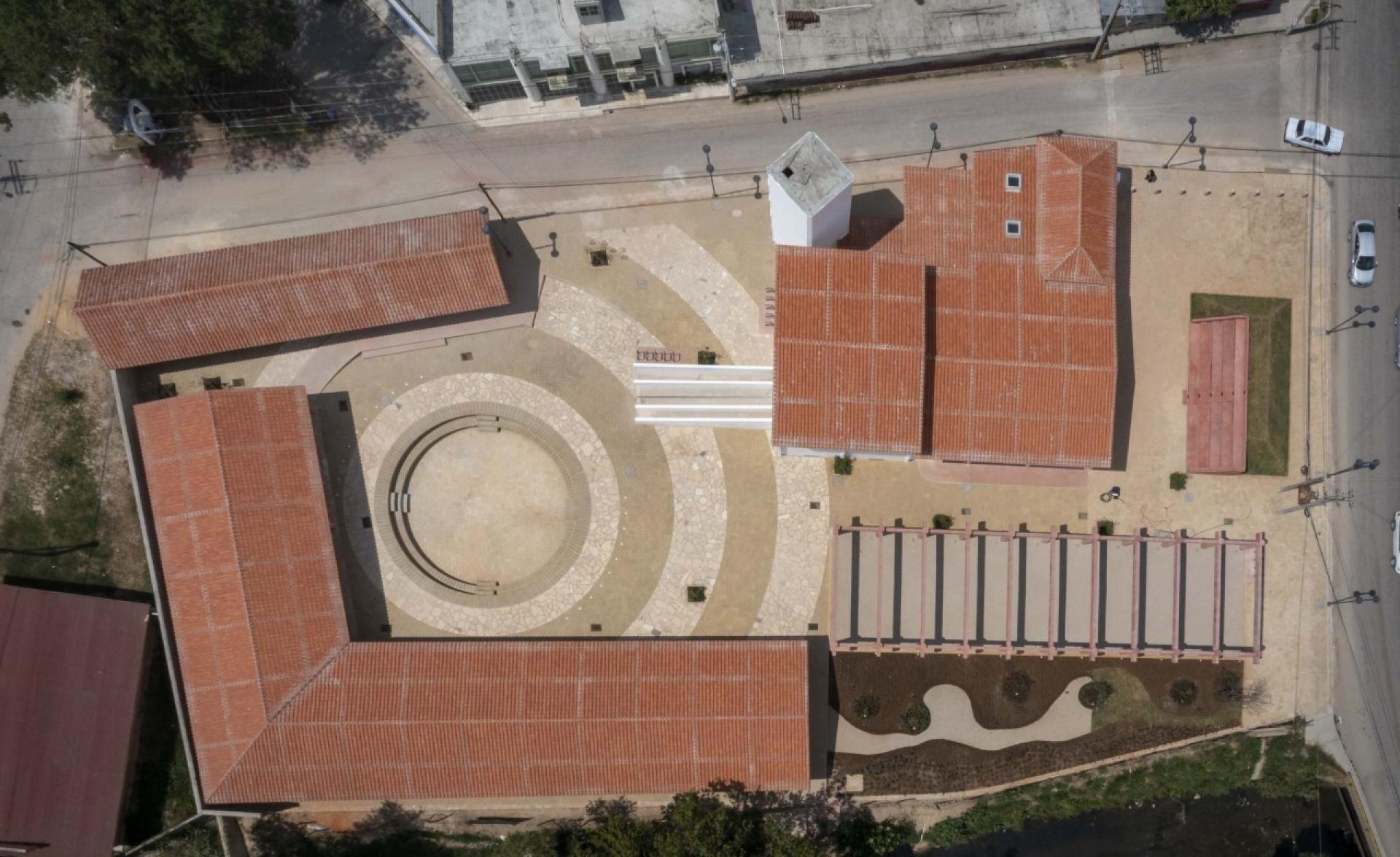
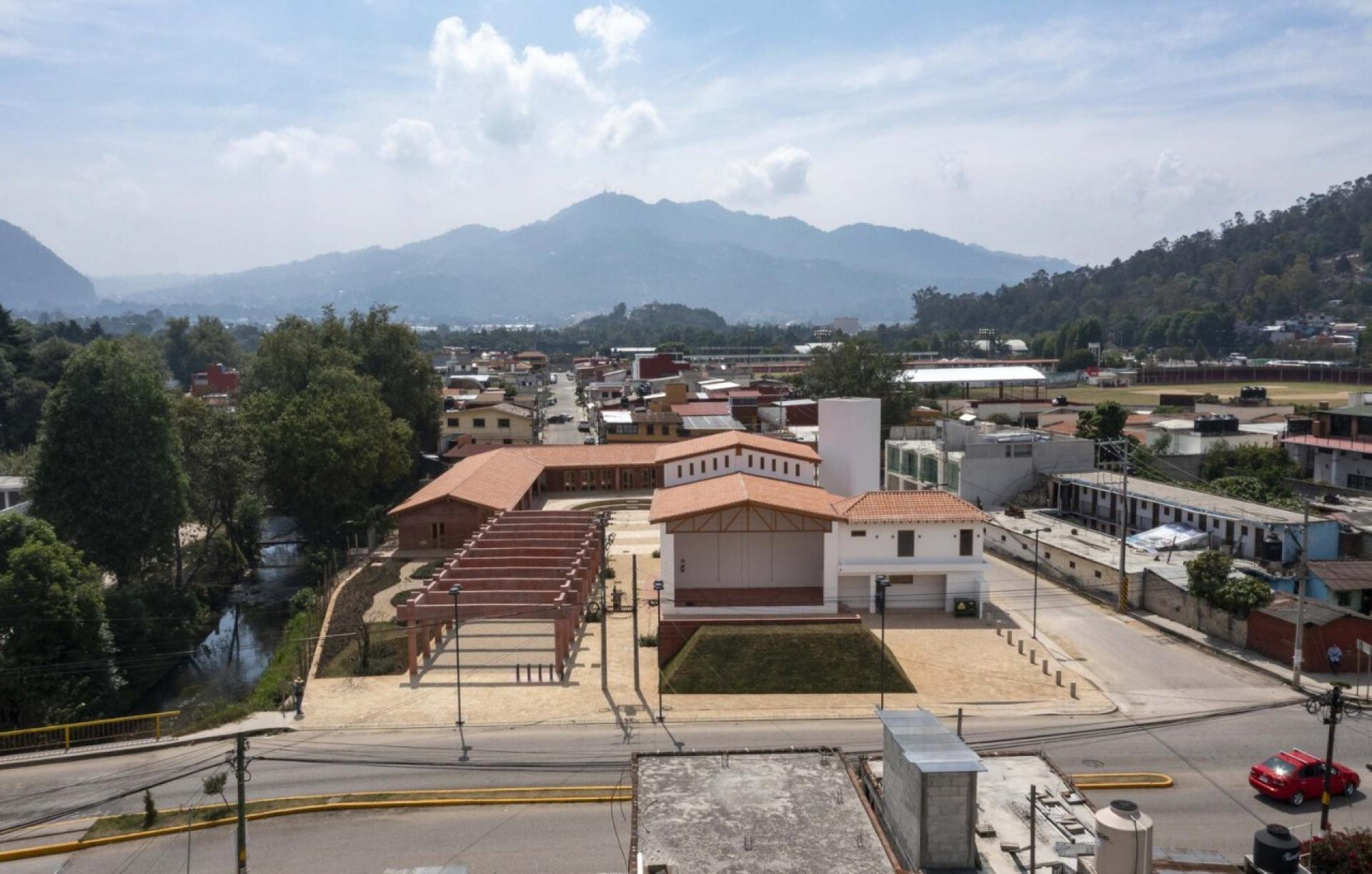
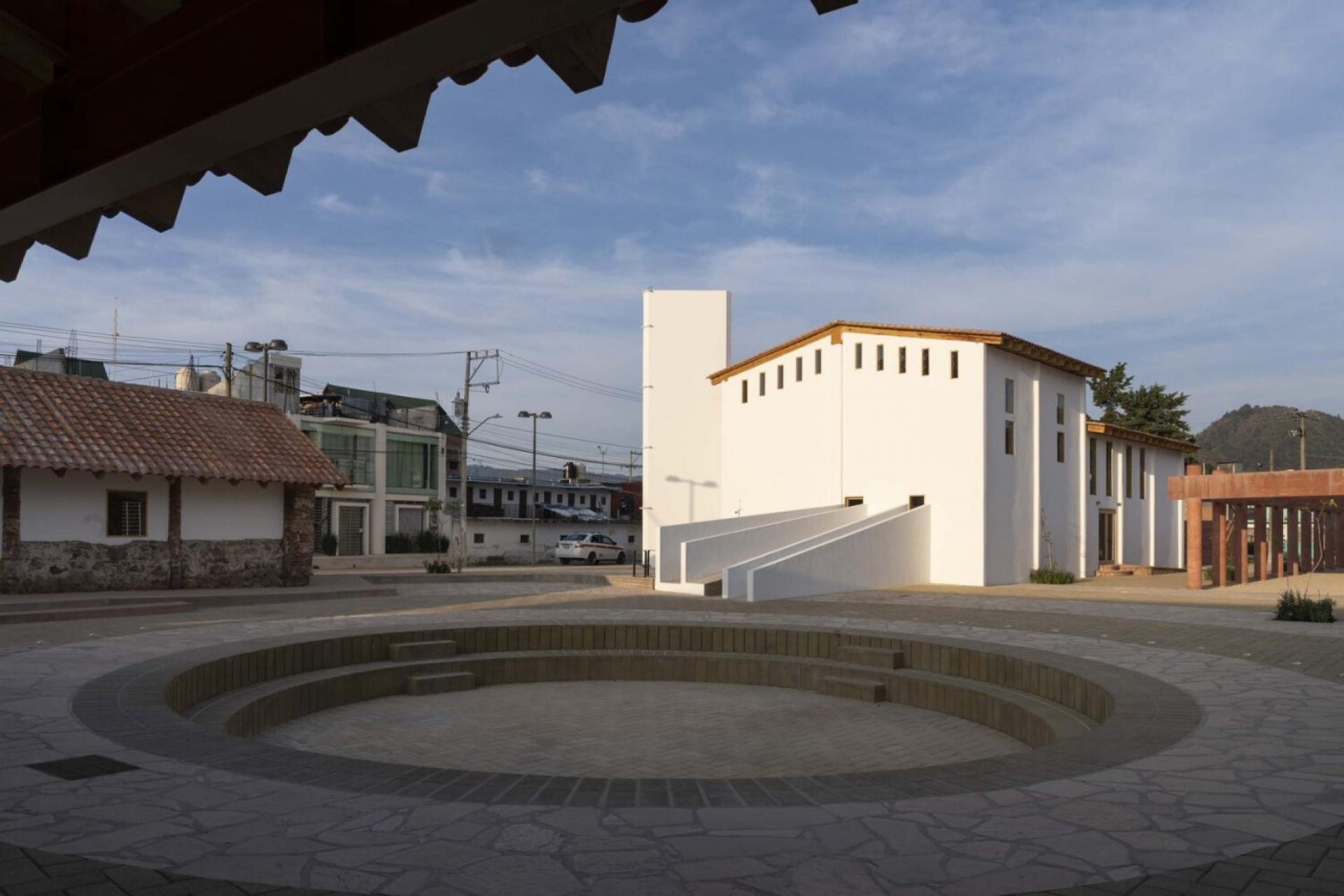


The Community Development Center in Antiguo Rastro Municipal. Photo © Jaime Navarro